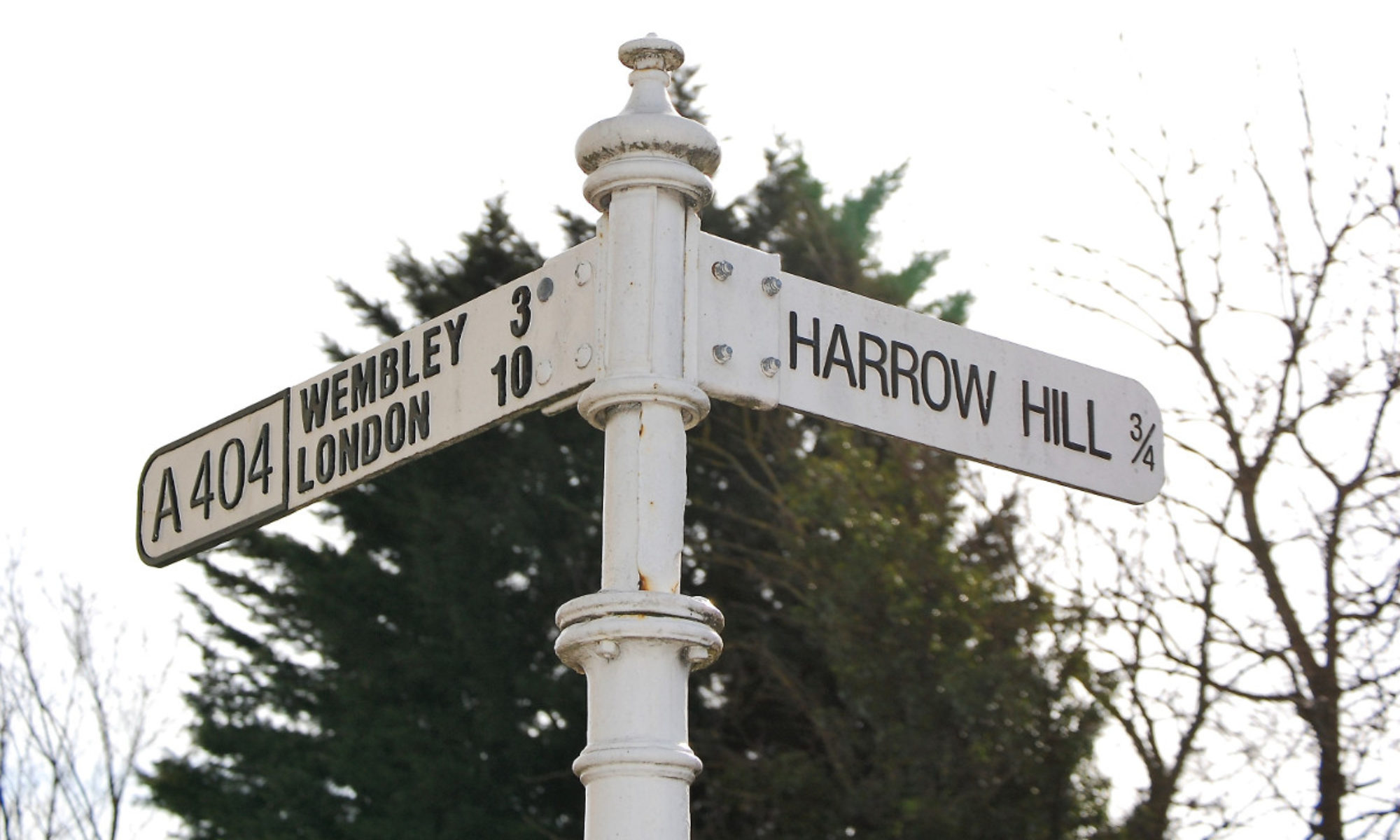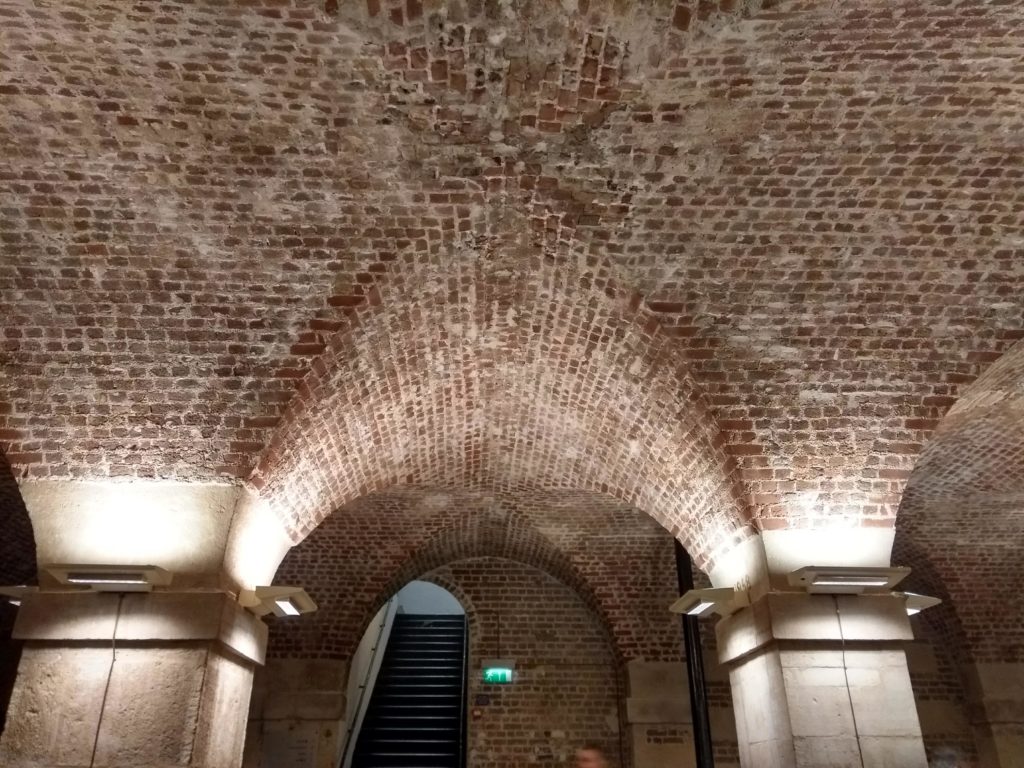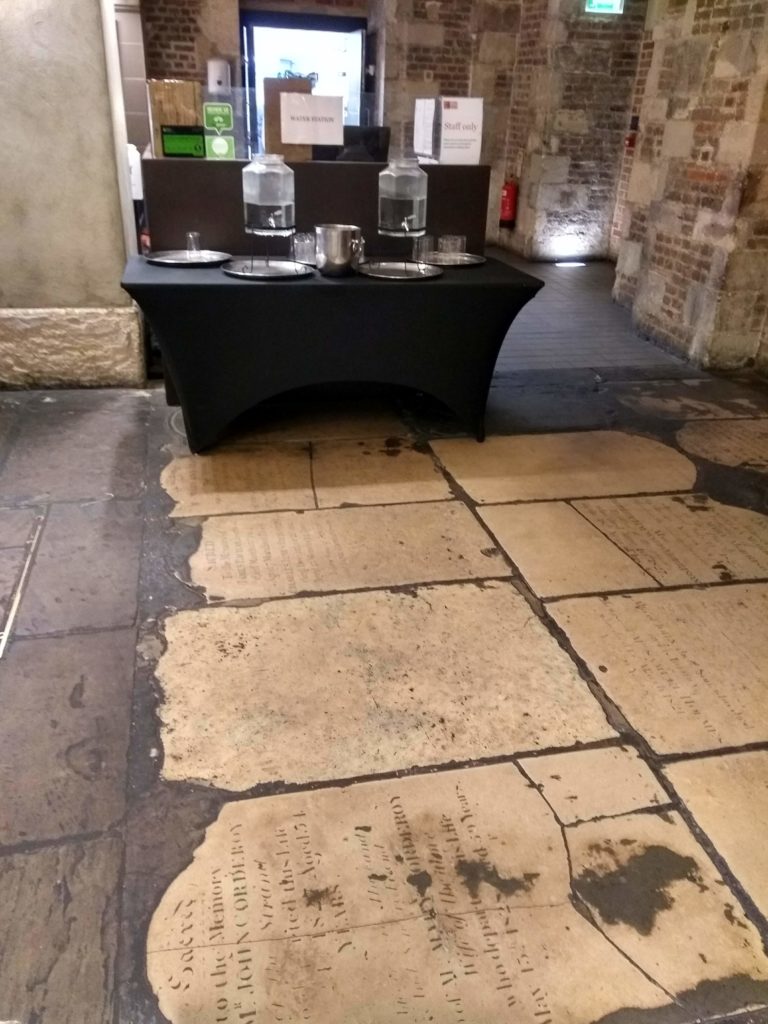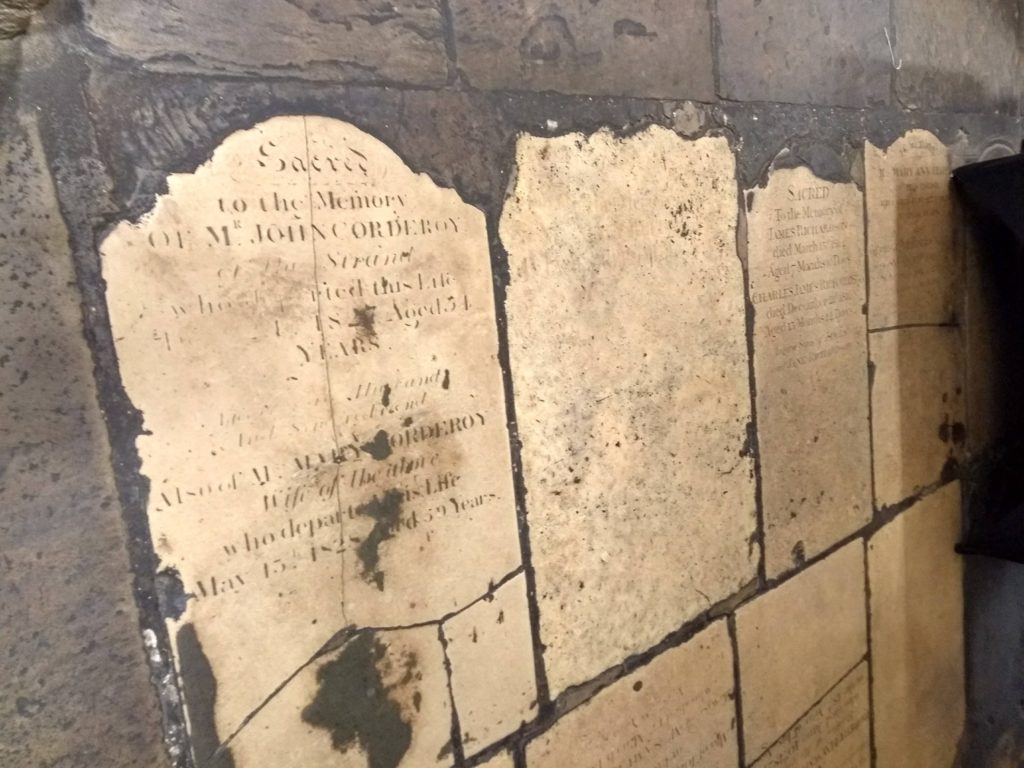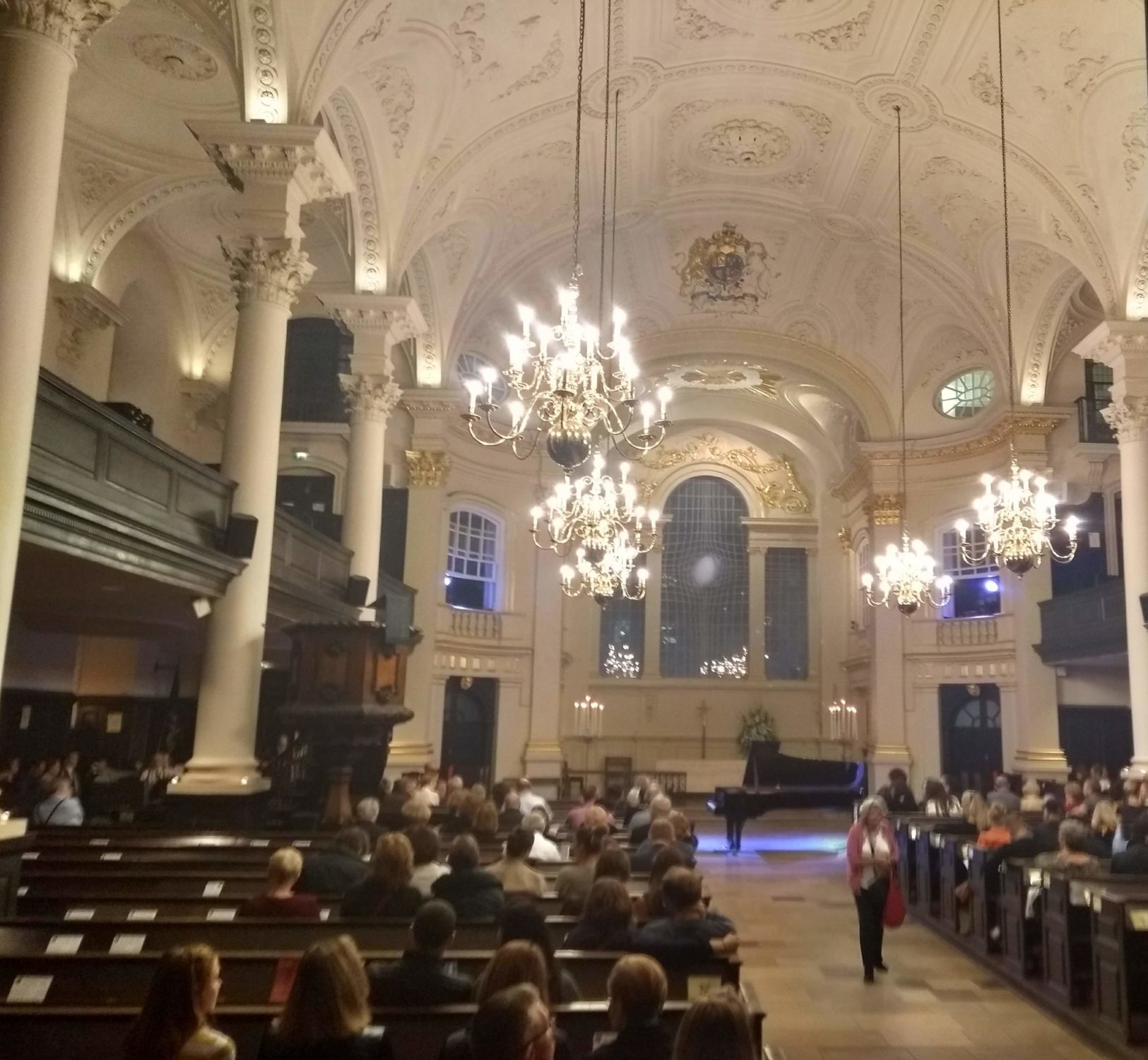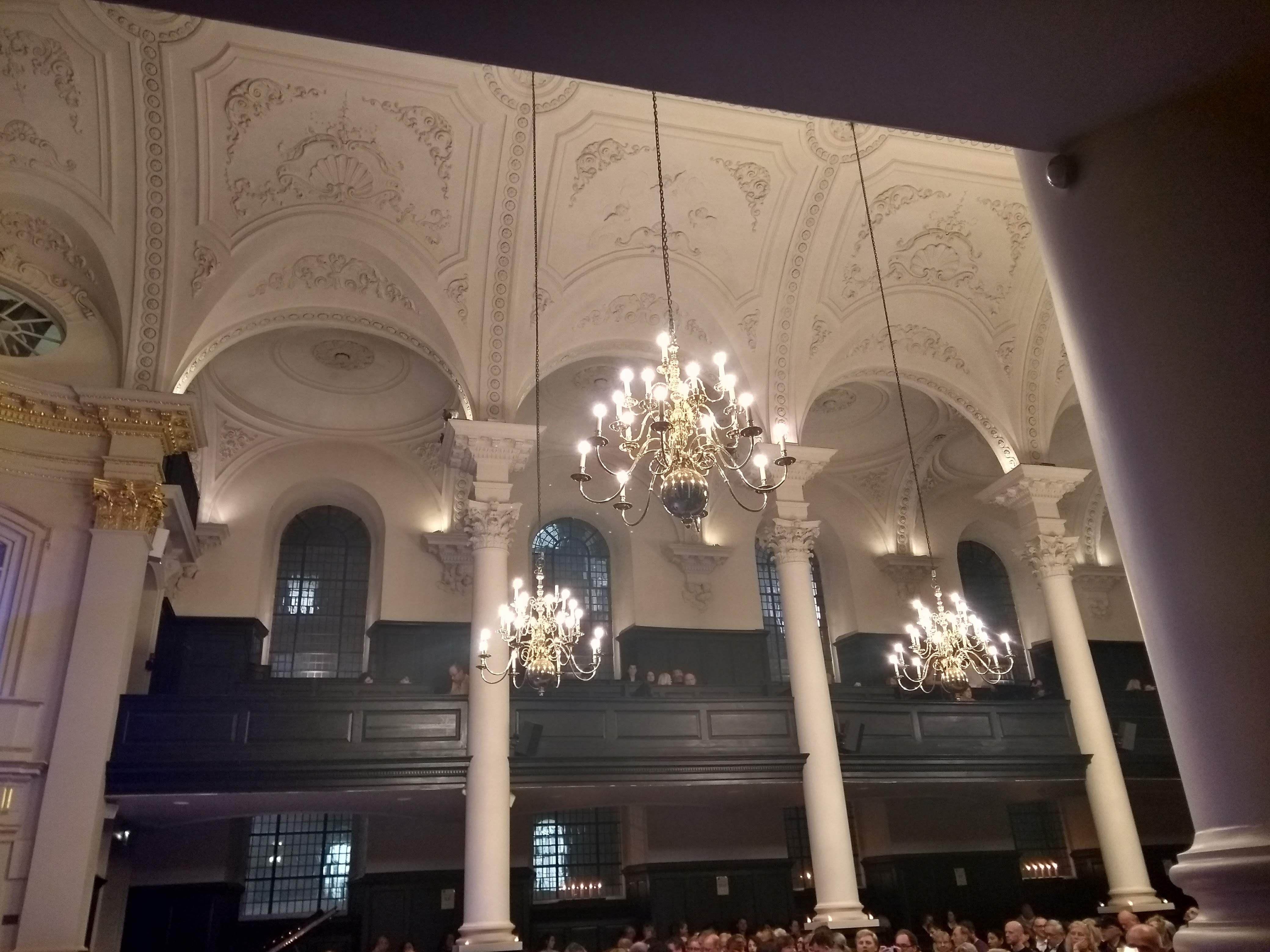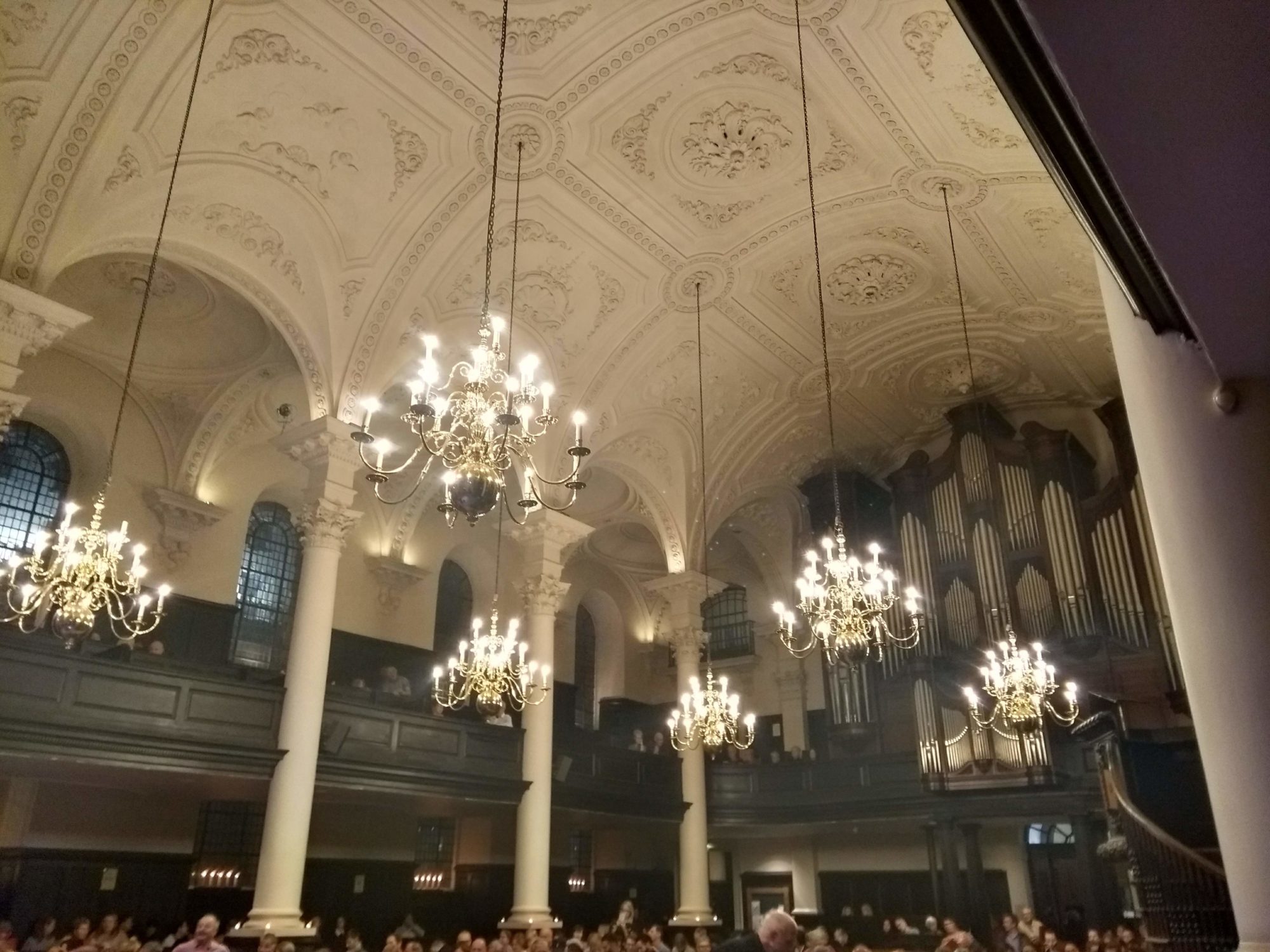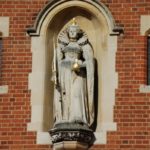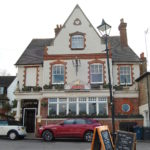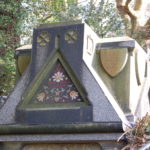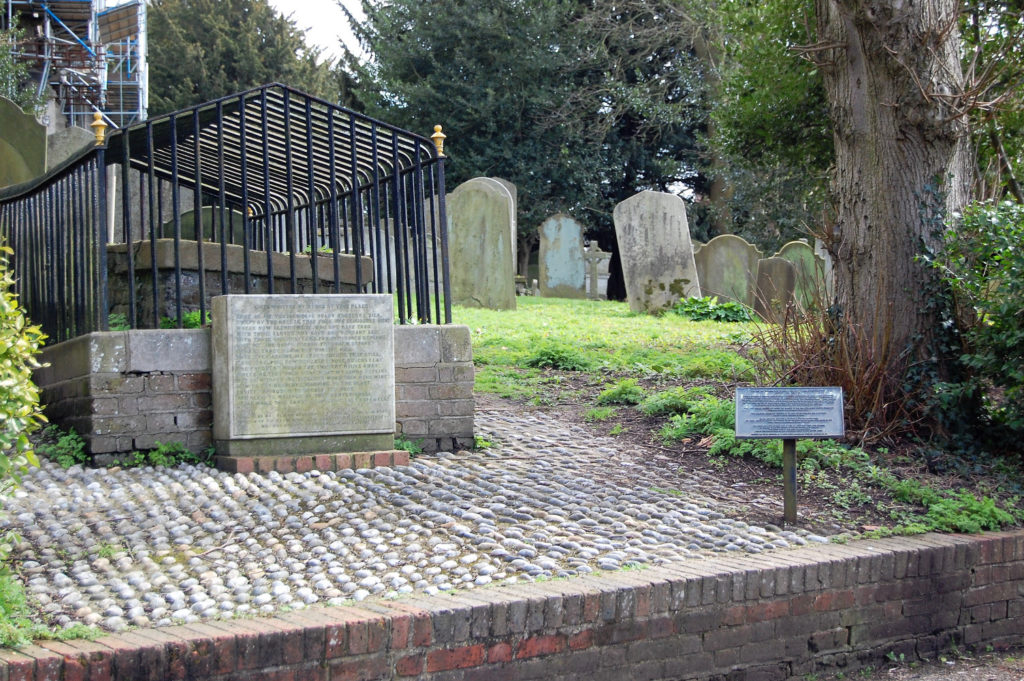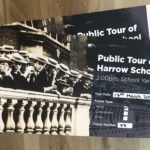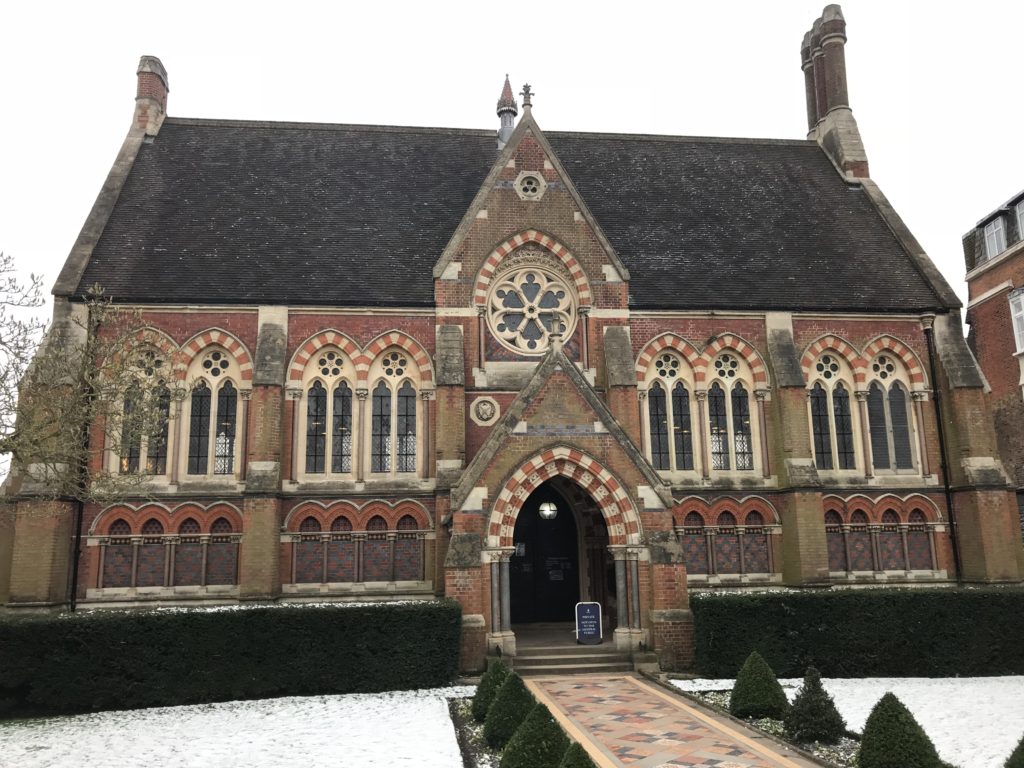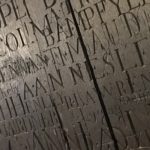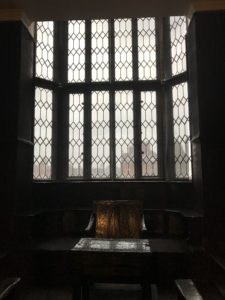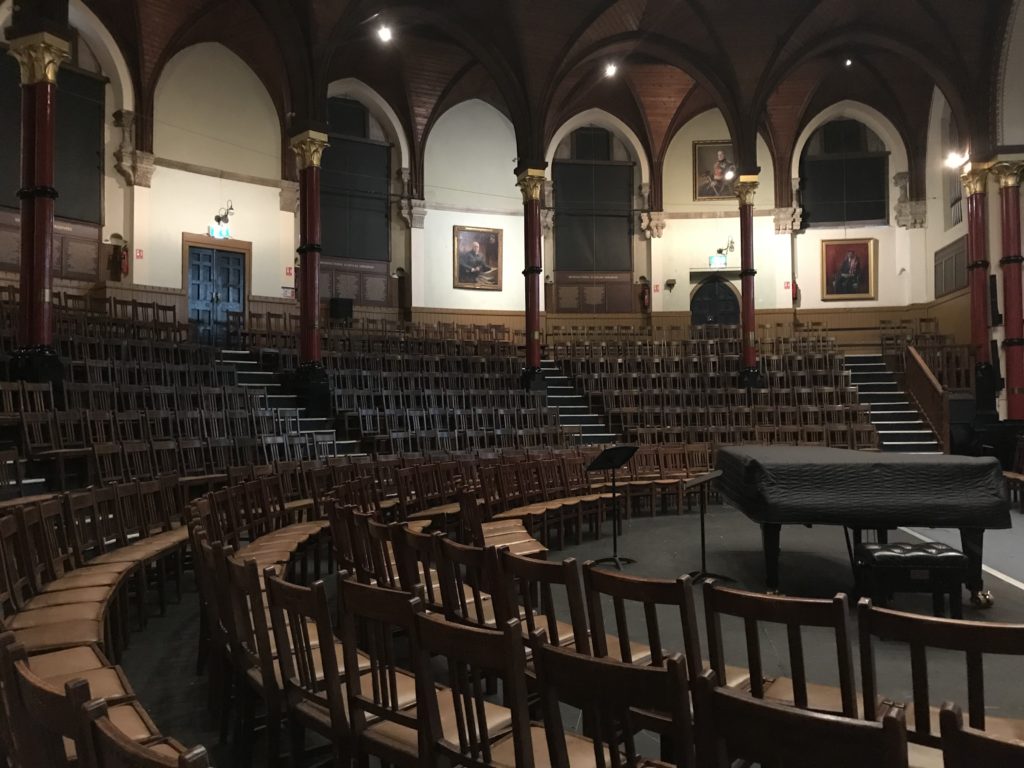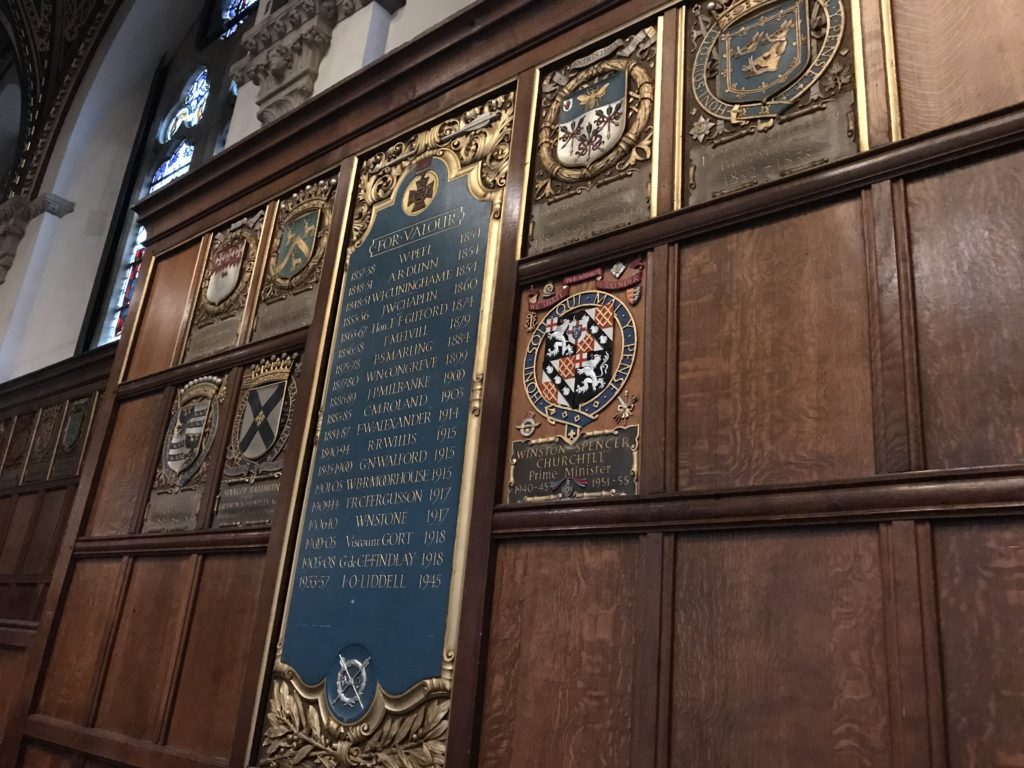One of my favorite spots in London is Trafalgar Square. Emerging from the claustrophobic Underground into the openness of Trafalgar feels like being transported into the beating heart of London. Street musicians perform to the accompaniment of buzzing traffic and locals and tourists alike bustle around the square.
Nelson’s column pierces the sky, its feline guardians keeping watch while fountains mist the air. My eyes always go to the fourth plinth to admire its current occupant, which always seems out of place. Then, I admire the architecture surrounding the square from the neoclassical National Gallery and Admiralty Arch to the Christopher Wren inspired St. Martin in the Fields. Only after taking this inventory am I ready to proceed to our destination.
St. Martin in the Fields
This past Tuesday, our destination was St. Martin in the Fields, which regularly hosts classical music concerts. We had been meaning to find time to attend one but hadn’t yet. Then, a wonderful new friend offered us her tickets to Moonlight Sonata by Candlelight because she was unable to attend. We happily accepted her gracious offer.
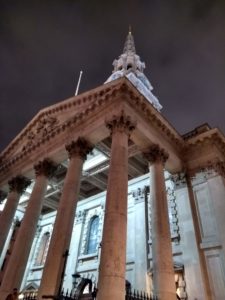
The church dates to at least 1222 but was rebuilt in 1542 at Henry VIII’s direction. It was rebuilt again in the 1720s, and that is the version standing today, after a recent renewal project. The church predates everything around it as it was originally quite literally in the fields outside of London. Today, surrounded by the hustle and bustle of the city, it has adapted as an institution to its modern setting. The basement crypt holds a gift shop, box office, and café aptly named Café in the Crypt, which is where we decided to eat before the concert, along with a number of other concert goers as it turned out.
The Crypt
The crypt entrance is a modern glass cylinder adjacent to the church enclosing an elevator and short spiral staircase. A clever sign lists the benefits of using the steps and leaving the elevator for the less able. The large and modern lobby at the bottom of the stairs contains the box office and gift shop. The café is in the actual crypt with an arched and vaulted brick ceiling and tombstones in the floor. Many of the tombstones are too worn to read. The high ceiling with up lighting makes it an attractive and warm space despite its name. We took advantage of the two-course special with wine and dessert. I enjoyed delicious coq au vin with roasted squash while Kurt opted for the aubergine pasty with potatoes. We both enjoyed an apple crumble with custard for dessert.
An elderly woman was eating alone at the table next to us. After looking at us a few times, she asked me if I would watch her things while she used the toilet. She came back and asked how we enjoyed the apple crumble. She said that it’s her favorite but that they don’t always get it right. Before her husband passed away three years ago, they would share one. She was going to the concert and was delighted to learn we were as well. When she headed upstairs to the church, I watched her stooped figure climb the stairs. I wasn’t sure whether to feel sad for her possible loneliness or celebrate her continuing doing things she enjoys.
Climbing the steps up to the church, the cold night air and hum of the city washed down on us. After showing our tickets, we walked into the church for the first time. It’s even more beautiful inside. Dark wood pews and paneling contrast white columns supporting the arched ceiling with molded details and gold leaf accents. Six glass chandeliers illuminated the nave. Two large candelabras with enormous taper candles lit the sanctuary, and tealight candles scattered throughout the church provided a warm glow.
After collecting our seat cushions, an usher escorted us along the north aisle to our seats in the third row facing the keys of the piano. Warren Mailley-Smith would play for us. Only once seated did we see the enormous pipe organ above the entrance to the nave. Kurt observed that it must sound amazing. We agreed we’d have to look for an opportunity to return to hear it. While taking in the beauty of the setting, I noticed our neighbor from dinner at the front almost within arm’s reach of the body of the piano. I smiled to myself and celebrated.
Beautiful Music
The concert began promptly, and Mailley-Smith commented briefly on most of the pieces before he played them. His playing was magnificent throughout. A highlight from the first half was Franz Liszt’s Hungarian Rhapsody No 2, which delighted everyone in attendance and conjured visions of Tom and Jerry cartoons. Kurt observed that everyone was smiling during that piece. Another favorite of mine was the joyful Wedding Day at Troldhaugen by Edvard Grieg.
After the interval, we were treated to a small assortment of Chopin pieces, but the highlight of the second half was the last two pieces. The penultimate piece was Sergei Rachmaninov’s Prelude Op 3 no 2 in C sharp minor. Mailley-Smith noted before playing it that one only needs hands large enough to reach across an octave to play the piano; however, Rachmaninov had unusually large hands and could reach much farther than that. Because of that, he wrote music that he could comfortably play but which presents a great challenge to other pianists. I watched in awe as Mailley-Smith’s hands flew across the keys without seeming to touch them yet yielded beautiful music. The finale was George Gershwin’s Rhapsody in Blue, another audience favorite that left everyone smiling.
A Church with Something for Everyone
It was an enchanted evening layered in beauty, and we are extremely grateful to our benefactor. The church is well worth a visit. In addition to evening concerts, the church offers tours, free lunch-time concerts as well as periodic talks and of course, church services. The church is known for its long-standing homeless outreach programs, which may be why its crypt toilet facilities are open to the public (no fee is charged, but a small donation is requested). So, if you find yourself in Trafalgar Square, surely at least one of those attractions will entice you to St. Martin in the Fields.
